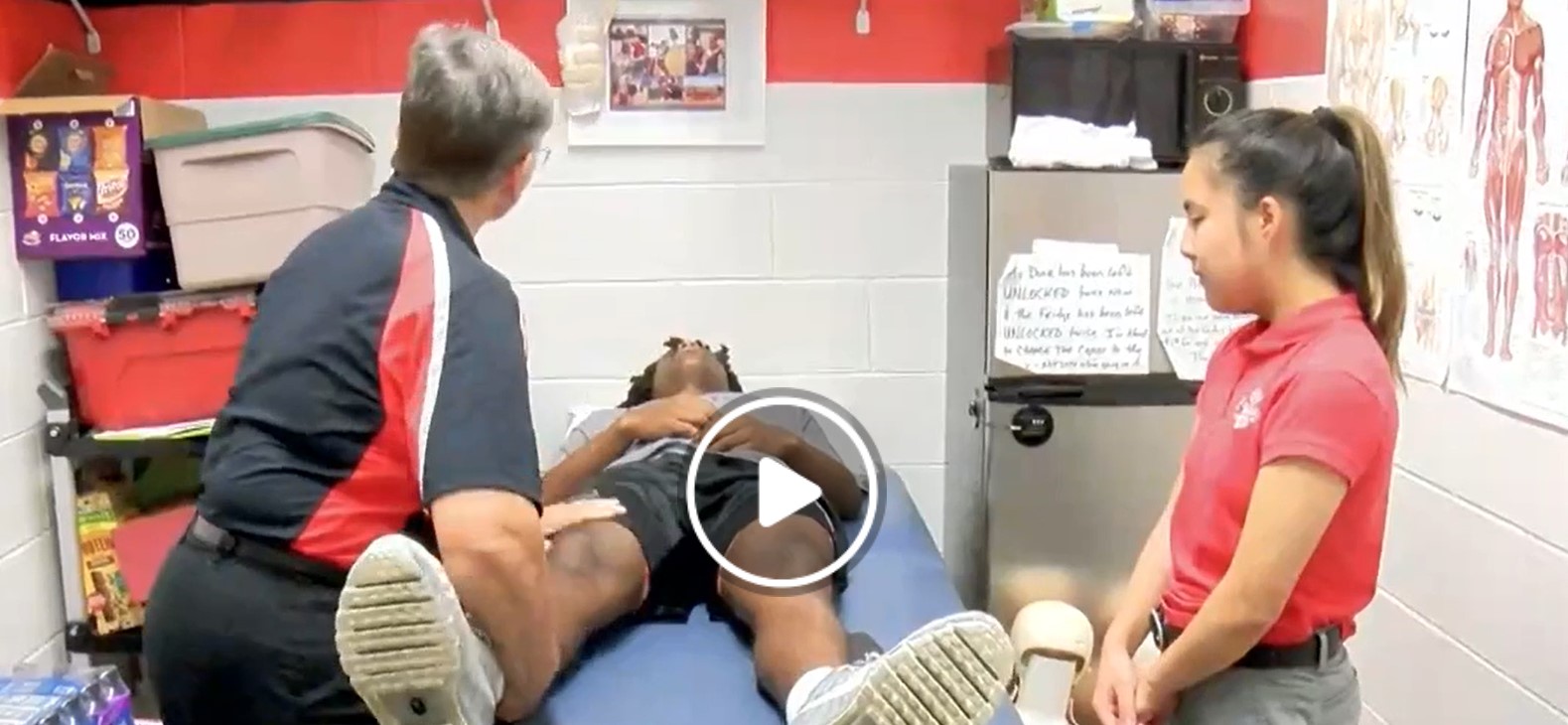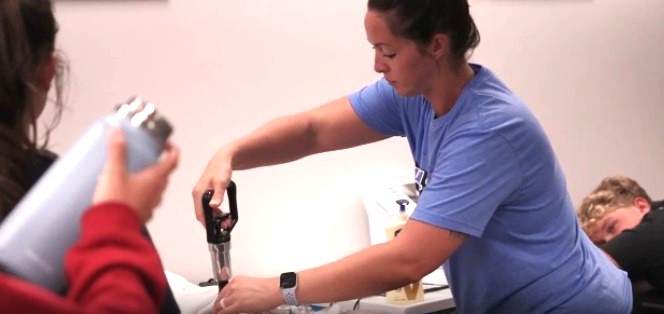Managing Heat for Athletes: Key Strategies and Tips
 It's only May, and temperatures are already rising, making it challenging for young athletes to compete.
It's only May, and temperatures are already rising, making it challenging for young athletes to compete.
Recent heat waves across the midwest have highlighted the importance of managing high temperatures during competitions, as seen at a state track section championship in New York.
 With the heat index soaring, athletic directors and Athletic Trainers are taking extra precautions to ensure athlete safety.
With the heat index soaring, athletic directors and Athletic Trainers are taking extra precautions to ensure athlete safety.
Mark Bubniak, an Averill Park Central School District AD, explained during that track meet:
“One week, we might be at 50 degrees, and the next, we have this weather. It's tough for kids who haven’t run in these conditions.”
Protocols include extra water breaks, providing shaded areas, and having Athletic Trainers on site to monitor signs of heat exhaustion or heat stroke. Rachel Brown, an Athletic Trainer, shared:
“I’m going to have water and Gatorade out for everybody.”
Signs of heat-related illnesses, like vomiting or lack of sweating, require immediate medical attention to prevent severe consequences.
Preparing athletes for hot conditions involves more than just in-the-moment precautions.
Here are five tips from experts working the Olympics to help athletes beat the heat:
Acclimatize to the Weather: Start heat-adaptation training at least two weeks before competition. This can be done through heat acclimatization camps or training in hot environments to help athletes adapt progressively.
Engage in Heat Acclimation: Use artificial environments like special training chambers or improvised hot rooms to simulate hot conditions. Techniques such as wearing extra clothing, hot water immersion, and sauna bathing can also be beneficial.
Acquire Appropriate Equipment: Equip athletes with UV-ray blocking sunglasses, light-colored clothing, and water-based sunscreen to protect them from the sun and aid in sweat evaporation.
Develop a Hydration Plan: Create a tailored hydration plan, ensuring athletes take fluids before, during, and after exercise. Recovery drinks should include sodium, carbohydrates, and protein to aid in recovery.
Equip with a Pre-Cooling Strategy: Use ice vests, cold towels, and internal cooling methods like cold fluid ingestion to keep athletes cool before competition. Test these strategies during training to ensure effectiveness.
By implementing these strategies, coaches and Athletic Trainers can help athletes manage heat more effectively, ensuring their safety and optimal performance in rising temperatures.
![HR Logo [Recovered]_Full Color Vertical-1](https://blog.healthyroster.com/hs-fs/hubfs/HR%20Logo%20%5BRecovered%5D_Full%20Color%20Vertical-1.png?width=199&height=178&name=HR%20Logo%20%5BRecovered%5D_Full%20Color%20Vertical-1.png)
 By
By


